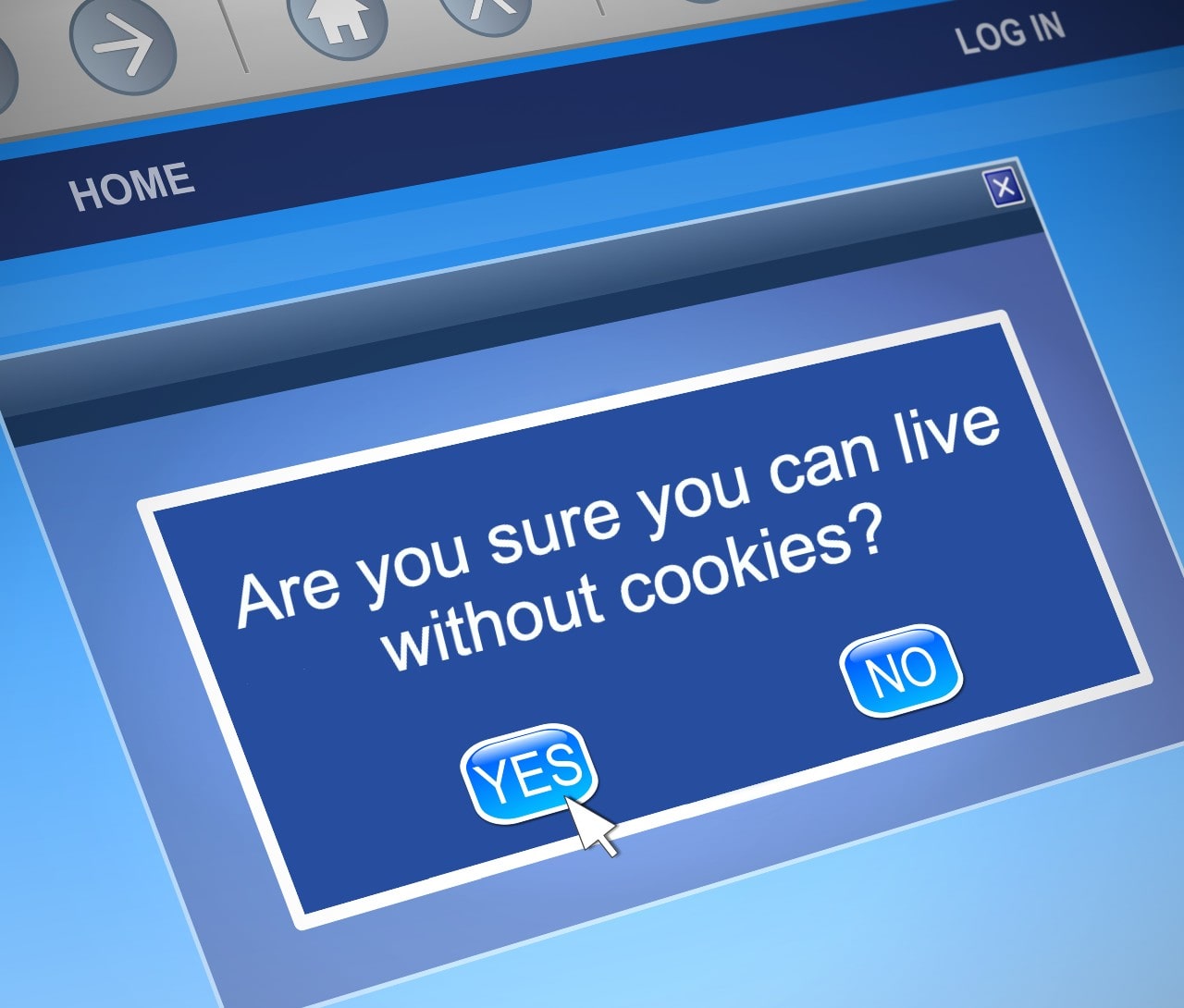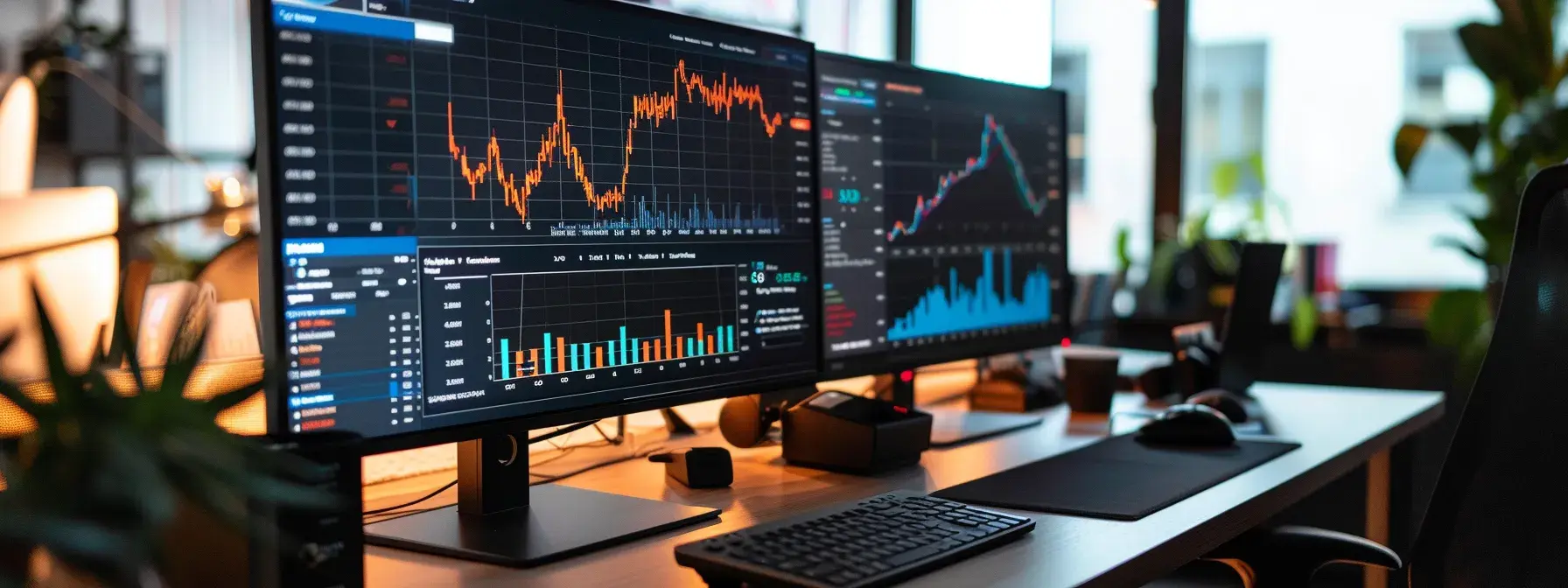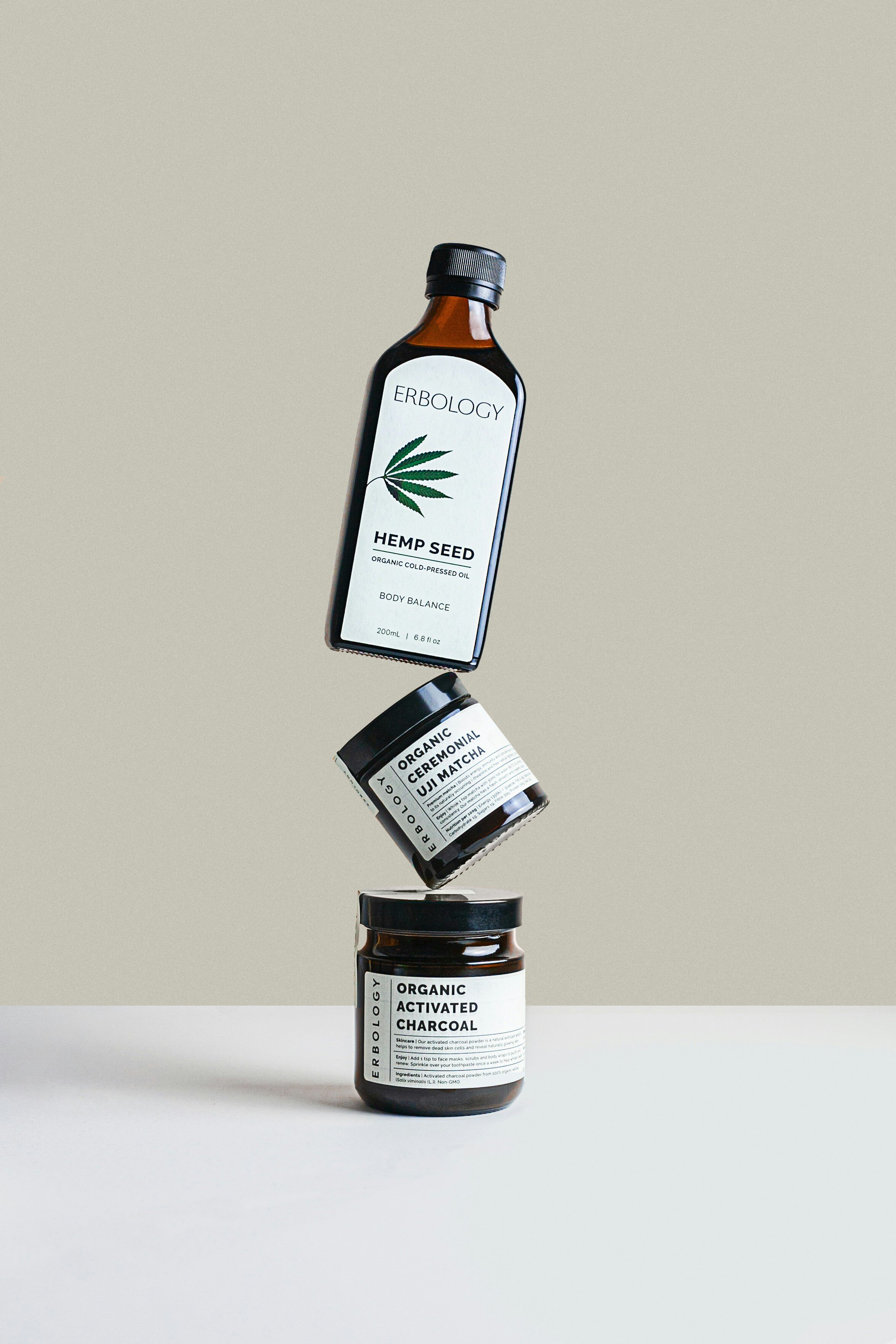If you’re a digital marketer, you may have felt like the world was ending when you learned that Google will stop supporting third-party cookies in Chrome by 2022 (this has since changed to late 2023), and won’t move to another tracking option to identify individual users. You knew it was coming but didn’t expect a cookieless future so soon.
Rest assured, digital marketing won’t die in a cookieless future. For Google Ads, it will simply adapt to whatever comes next — mostly likely Google’s federated learning of cohorts (FLoC) and Google Analytics 4 (GA4). It’s too early for anyone to know for sure, but this is where I see things going.
Before I dig into what this means, let’s review what cookies are.
What Are Cookies?
A cookie is a way for advertisers and website managers to track users. Third-party cookies track users by placing a string of text on a user’s computer to create a unique ID based on the user’s web browser. It’s “third-party” because it’s placed by a website domain different from the website that the user is on.
So, if a user is on thenews.com and sees a paid ad from buyme.com, buyme.com places a third-party cookie on the user’s computer.
The cookie lets buyme.com track that the user saw its ad, but didn’t click and therefore retarget the user in the future with other ads. buyme.com can also use that cookie to track a user’s ongoing behavior across the web and build a profile of that user’s behavior online.
The flip side of a third-party cookie (a form of third-party data) is a first-party cookie (a form of first-party data). First-party data is data collected about a company’s customers. It includes, but isn’t limited to, data from first-party cookies placed while users are on the company’s website domain.
First-party cookies will still exist in a cookieless future.
The State of Third-Party Cookies Today
Support for third-party cookies is already disappearing.
- In February 2020, Google restricted third-party cookies on Chrome to domains accessed over HTTPS. Websites using the HTTP protocol cannot use third-party cookies.
- In March 2020, Apple blocked third-party cookies as the default setting in Safari.
- In June 2019, Mozilla blocked third-party cookies as the default setting in Mozilla.
Cookies have never been able to cross devices. So tracking an individual with cookies stops when someone switches from desktop to mobile, which hinders retargeting. (Some platforms can associate multiple cookies to a user to enable cross-device tracking for retargeting.)
Ads on domains other than a company’s domain are the biggest user of third-party cookies in the paid advertising industry. And it’s likely that with Google ending support for third-party cookies on Chrome, other browsers will follow.
Google’s Plan for a Cookieless Future
Instead of moving to another tracking option to identify individual users on Chrome, Google said that it’s pursuing an industrywide, open-source initiative called the Privacy Sandbox. It describes the initiative as “a secure environment for personalization that also protects user privacy.”
Google’s reasons for the move are to protect user privacy and:
- Prevent potentially subversive tracking, such as fingerprinting, that tries to track users with means other than cookies.
- Prevent publishers from losing funding, which happens when cookies are blocked and no alternative way to deliver relevant user content exists.
- Improve transparency, choice, and control for users.
Google said that it won’t phase out third-party cookie support until the sandbox has “addressed the needs of users, publishers, and advertisers, and we have developed the tools to mitigate workarounds.”
Whether or not the other marketplaces join the initiative or not remains to be seen. Companies that advertise really need the big players to come together and share data in a secure way.
And while it’s anyone’s guess what the “tools to mitigate workarounds” will be, especially with as new as the announcements are, my take is that the future of advertising on Google Ads is heading toward a combination of FLoC for upper-funnel, off-site tracking combined with the event-based tracking in GA4. First-party data won’t change and will remain as critical as it is today, but adapt to GA4’s event- versus session-based approach.
What A Cookieless Future May Mean for Advertisers at the Top of the Funnel
At the top of the funnel in the future, advertisers will likely advertise to cohorts of users rather than individual users. Those cohorts will be created with Google’s FLoC, an API that Google intends to use as a Chrome extension. The extension will create groups — or cohorts of data — for users with shared interests.
Google says that it’s achieved 95% as many conversions with ads targeted at cohorts compared to ads targeted using cookies depending on the strength of the cohort.
Another critical part of the future of paid advertising hinges on GA4 because it affects first-party data and everything below the top of the funnel.
Google Analytics 4 and a Sessionless Future in the Funnel
The release announcement for GA4 states, “It’s [GA4’s] privacy-centric by design, so you can rely on Analytics even as industry changes like restrictions on cookies and identifiers create gaps in your data. The new Google Analytics will give you the essential insights you need to be ready for what’s next.”
What’s next is that GA4 moves from tracking third-party cookies and user sessions to tracking events today and cohorts when implemented. Anything someone does on a website is registered as an event instead of a session. Events are a form of user behavior and intent (or interest).
Scrolling down a page, clicking on a link, navigating to a page or product, page, viewing a page, checking out, phone calls, offline version, webinars — each one is an event. And all of those events — checkouts, phone calls, offline conversions, webinars — can be used to advertise to users.
Event information can be used as audiences. Where a cookie makes an audience today, the cohort or event will make the audience moving forward.
Following Users Through the Funnel
With GA4, the page view event will track where users come from and pick up tracking user events as users move through your funnel to make a purchase.
Using GA4, at the end of the checkout process, digital marketers will work backward and see how many people came in on a homepage or product page page view event. You’ll see which sources are driving the event you want. You can then optimize channels that drive the maximum number of desired events — most likely those that result in revenue and purchases.
So GA4 can jump the paid advertising industry past account-based marketing straight to event-based or interest-based marketing.
Retargeting with GA4
For retargeting purposes, demand-side platforms may develop their own solutions for tracking, but GA has a solution too.
If a user sees an ad and clicks through to your site. The user starts the checkout process and adds it to the cart, but abandons. The add to cart event in GA4 is registered as are the product page views. So anyone that does an add-to-cart event but doesn’t purchase becomes a retargeting audience for the abandoned cart event.
What About Attribution?
FLoC by itself doesn’t solve how advertisers will measure individual conversions. Google has said that it’s working on how measurement will work. I think it will ultimately come down to GA4.
GA4 should take the interest-based cohorts and track them right through to purchase or abandonment. So it’s tracking conversions based on events being fired versus destination, page code, etc. It means a different way to look at how performance is measured.
Multi-touch attribution doesn’t matter as much in this approach, because you’re essentially looking at what the most effective media or delivery service is. You can optimize media delivery within channels and scale and grow across channels and marketplaces, which is exactly what Finch is doing today — managing the growth and the scale across each of those marketplaces and channels.
If you’re optimizing to your most important and valuable events, you remove the multi-touch attribution discussion. Interestingly, today GA4 only offers first- and last-click attribution. However, it’s conceivable that Google might expand to offering multi-touch attribution for cohorts.
Putting the Future to the Test
Finch has a specific optimization model for revenue and CPA in place. And we’ve already started testing FLoC, which Google released for publisher testing in the summer of 2020.
We’re digging into how to find out what the cookieless future holds for our models and clients and vet that Google’s 95% claim holds — or can be even be improved — with the Finch Platform.
We may even create an optimization model for events. We might even integrate offline conversions into an event as done for account-based marketing.
The one certainty is that in a highly innovative and fast-moving industry, Finch will continue to adapt and innovate as well.






